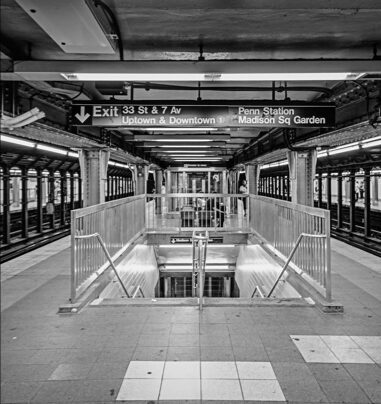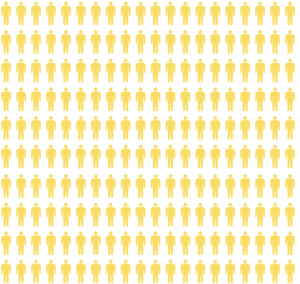This project highlights our team’s design, UX research strengths. We worked with 5 blind subway riders to give us feedback on our design and other concepts. The aim of this project was to design a transit app that gives blind users information about the physical layout of subway stations. The project was part of the Havas transportation challenge, and the Microsoft Design Expo.

Steven
Before even entering the subway station, he reads about the station on Wikipedia to find its entrances and exits.
Our solution
Made subway information structured and navigable.
Prototyped mobile application that takes content of signs, posters, and screens and makes them available to blind users. We focused on making the most critical information structured anad navigable.
What we learned from our user interviews
- Inaccessible but high priority items
- Entrances and exits
- Platform information
- Arrival times
- Other live updates such as service changes






